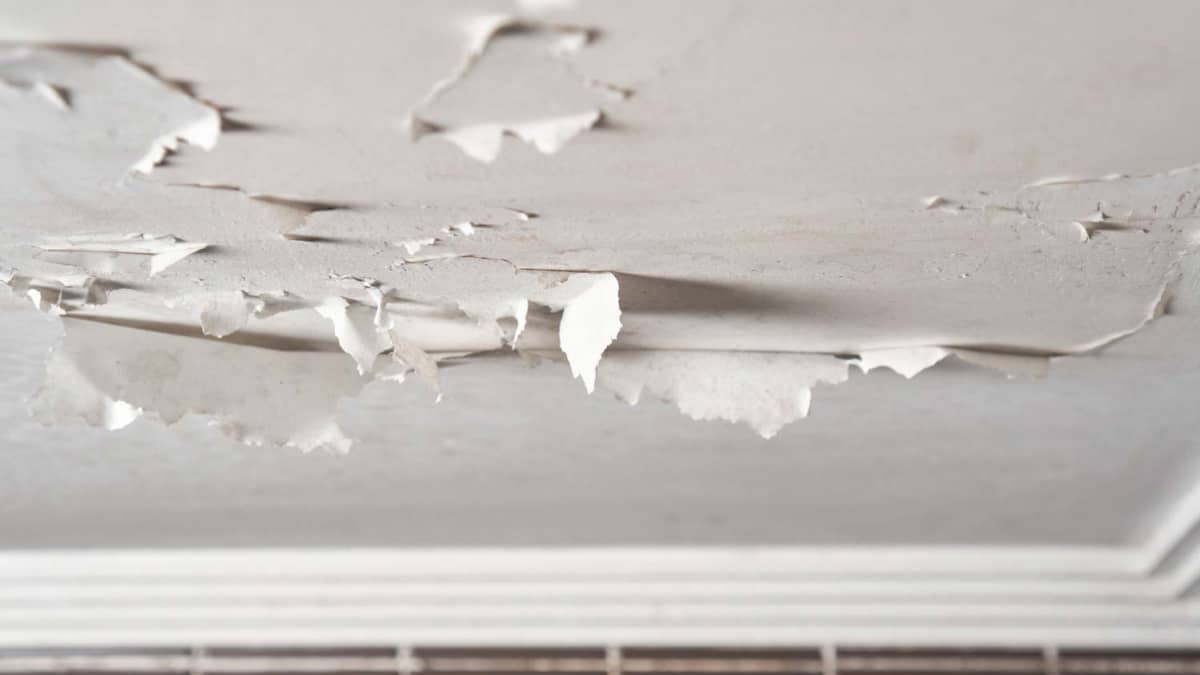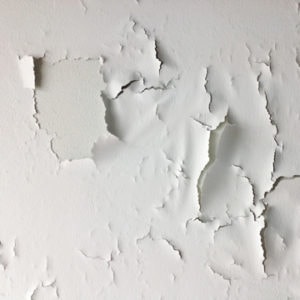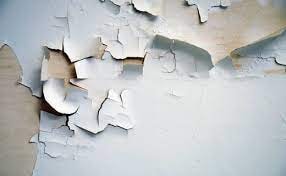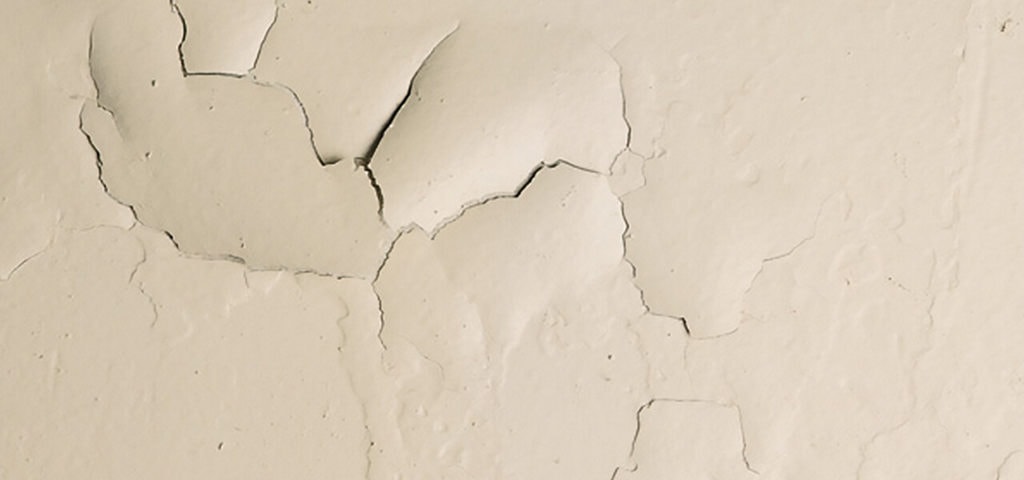Understanding Paint Peeling Off Wall: Causes and Effective Solutions

Introduction to Peeling Paint
Peeling paint is a common issue that affects the appearance and durability of wall paint – it can lead to flakes, cracks, and holes in the paint surface, exposing the wall surface to damage.
The paint is peeling due to various reasons, including old paint, moisture, improper surface preparation, and more – understanding these causes is essential to know how to fix the problem effectively.
If you notice that your paint is peeling, you need to address the issue promptly to prevent further damage – this guide will provide you with the necessary information to identify and fix peeling paint.
The process of fixing peeling paint involves several steps, including removing old paint, preparing the surface, and applying a new coat of paint – with the right techniques and materials, you can achieve professional-looking results.
Avoiding common errors during the repair process is crucial for achieving a smooth, long-lasting finish.

Causes of Peeling
Peeling ceiling paint and wall paint can be caused by various factors, including high humidity, water damage, and poor adhesion—identifying the underlying cause is essential to find an effective solution.
The paint peels when it is exposed to moisture, leaks, or high humidity, which weakens the adhesion to the surface and causes peeling or blistering on walls—using a dehumidifier can help to dry the wall material completely before repainting.
Improper surface preparation is another common cause of peeling paint—paint peels when applied to uneven, dirty, or unprimed surfaces with dust or oil residue.
Low-quality or mismatched paint types, such as using oil-based paint over latex without proper preparation, can also lead to peeling—using paint that is not suited for the surface or not matching paint types can cause flaking and peeling issues.

Factors Contributing to Damage
High humidity environments can contribute to peeling paint – moisture buildup in walls can lead to blistering and peeling paint. High humidity can alter the properties of paint, reducing its ability to adhere properly and making it more susceptible to peeling.
Poor surface preparation is a significant factor in peeling paint – failing to clean, sand, and prime the surface can lead to poor adhesion and peeling.
Using low-quality paint or the wrong paint for the surface can also contribute to damage – investing in quality paint and compatible primer can help to prevent peeling.
Inadequate drying time between coats can also lead to peeling paint – allowing adequate drying time is crucial to prevent paint peeling on walls.

Role of Humidity
Humidity is one of the most significant factors affecting wall paint and its longevity. When there is high humidity in the air, moisture can penetrate the wall and disrupt the adhesion between the paint and the surface. This is especially problematic in rooms like bathrooms, kitchens, and laundry areas, where moisture levels are naturally higher. Over time, the paint may start to blister, bubble, or peel, leaving the wall exposed and unsightly.
To combat the problem of peeling paint caused by humidity, it’s important to address any sources of moisture in the area. Fix leaks, improve ventilation, and consider using a dehumidifier to keep the wall and the surface dry before applying new paint. For areas prone to high humidity, choose paints specifically designed to resist moisture, as these can help the paint to adhere better and last longer. By managing humidity and using the right products, you can significantly reduce the risk of peeling and keep your walls looking fresh.
Effects of Peeling
Peeling paint can have severe consequences, including damage to the underlying material, mold growth, and structural issues – addressing the problem promptly is essential to prevent further damage.
The peeling paint can also lead to health risks, especially if the paint contains lead – it’s crucial to take necessary precautions when removing peeling paint.
If you have peeling paint on your walls or ceiling, it’s essential to fix the issue as soon as possible – delaying the repair can lead to more extensive damage and higher costs.
The cost of repairing peeling paint can vary depending on the extent of the damage and the materials needed – however, with the right techniques and materials, you can achieve professional-looking results.
Identifying Peeling Areas
To identify peeling areas, look for signs of peeling paint, such as flakes, cracks, and holes in the paint surface – inspecting the wall surface regularly can help you catch the problem early.
Check for water damage, leaks, or high humidity, which can contribute to peeling paint – addressing the underlying cause is essential to find an effective solution.
If you notice that your paint is peeling, it’s crucial to assess the extent of the damage – removing all loose and flaking paint is essential before repainting.
Use a wire brush or paint scraper to remove loose paint and inspect the surface for any damage – cleaning the surface thoroughly is essential before applying a new coat of paint.
Consider using painter’s tape to mark areas that need repair or to protect adjacent surfaces during inspection and preparation.
Importance of Surface Preparation
Proper surface preparation is the foundation of a successful paint job and is essential to prevent peeling paint. If the surface of your walls is dirty, greasy, or uneven, the paint will not stick properly, leading to the peeling paint that many homeowners dread. Even small amounts of dust or oil can interfere with the paint’s ability to bond to the wall, causing issues down the line.
To ensure the best results, always start by cleaning the walls thoroughly with a damp sponge or cloth to remove any dirt or residue. For areas with grease or oil, use a mild soap and let the area dry completely. If you notice the peeling paint or rough patches, use a putty knife to remove loose paint and sand the area lightly to create a smooth, even surface. This extra effort in preparing the wall will help the paint and primer adhere properly, resulting in a more durable and attractive finish.
Preparing to Fix
To prepare to fix peeling paint, gather the necessary materials, including a wire brush, paint scraper, putty knife, and patching compound – cleaning the surface thoroughly is essential before applying a new coat of paint.
Remove all loose and flaking paint, and repair any damage to the underlying material – using a patching compound can help to create a smooth surface.
Clean the surface with a tack cloth or lightly damp sponge, and allow it to dry completely – applying a primer can help to improve paint adhesion and prevent stains.
If you have a large area to repair, consider hiring a professional painter – they can provide you with the necessary expertise and equipment to achieve professional-looking results.
Removing Old Paint
To remove old paint, use a wire brush or paint scraper to scrape off loose paint – be careful not to damage the underlying material.
Sand the surface to smooth out any rough areas, and clean the surface with a tack cloth or lightly damp sponge – applying a primer can help to improve paint adhesion and prevent stains.
If you have multiple layers of old paint, consider using a paint remover, as excessive paint layers can cause peeling or poor adhesion. Be careful to follow the manufacturer’s instructions and take necessary precautions.
Remove all old paint and debris, and clean the surface thoroughly before applying a new coat of paint – using a high-quality paint and compatible primer can help to prevent peeling.
For interior walls, consider using latex paint, especially in areas with moderate moisture, and ensure it is compatible with the chosen primer. When painting wood surfaces, select appropriate paint and primer designed for wood to prevent future peeling and ensure long-term durability.
Tips for Painting
Achieving a flawless coat of paint starts with choosing the right materials and following best practices. Always select a quality paint that is suitable for your specific surface, whether it’s drywall, plaster, or wood. If you’re painting over an existing layer of paint, applying a primer first is key to ensuring the new paint bonds well and covers evenly.
When applying paint, use the appropriate brush or roller for the area and spread the paint in thin, even coats. Allow each coat to dry fully before adding another, as rushing this step can lead to peeling or uneven results. Work in a well-ventilated space and consider wearing a mask to protect yourself from dust and fumes. If you’re unsure about which paint to use or how to prepare the surface, don’t hesitate to consult a professional painter for advice. Taking these steps will help you achieve a smooth, long-lasting finish that enhances the look of your walls.
Preventing Future Problems
Preventing future issues with peeling paint starts with understanding the root causes and taking proactive steps. If you notice peeling paint on your walls, investigate for signs of water damage, high humidity, or inadequate surface preparation. Addressing these problems early can save you time and money in the long run.
Regularly inspect your walls for any signs of peeling paint or moisture, and fix any leaks or ventilation issues promptly. Use only quality paint and follow the manufacturer’s instructions for application and drying times. Keeping up with routine maintenance and touch-ups will help extend the life of your paint job and keep your walls looking their best. If you’re unsure how to fix peeling paint or prevent it from happening again, a professional painter can offer valuable guidance and ensure the job is done right.
Common Mistakes to Avoid
Avoid using low-quality paint or primer, as this can lead to peeling and blistering – investing in high-quality materials can help to ensure a long-lasting finish.
Avoid applying paint in direct sunlight or high humidity, as this can lead to peeling and blistering – applying paint in a well-ventilated area can help to prevent these issues.
Avoid delaying repairs, as this can lead to more extensive damage and higher costs – addressing the issue promptly can help to prevent future problems.
Avoid using the wrong paint for the surface, as this can lead to peeling and blistering – using a high-quality paint and compatible primer can help to ensure a long-lasting finish.
Conclusion
Peeling paint is more than just a cosmetic issue—it often points to underlying problems that need attention. By understanding the causes of peeling paint, such as humidity, poor surface preparation, and using low-quality paint, you can take effective steps to prevent it from happening in your home or business. Whether you’re a homeowner or a property owner, addressing peeling paint quickly will help you avoid more serious damage and expensive repairs.
Following the advice in this guide, including using quality paint, preparing the surface properly, and maintaining your walls, will help you achieve a beautiful, long-lasting finish. Regular inspections and prompt repairs are key to preventing peeling paint and ensuring your paint job stands the test of time. With the right approach and attention to detail, you can enjoy vibrant, durable walls and ceilings for years to come.
